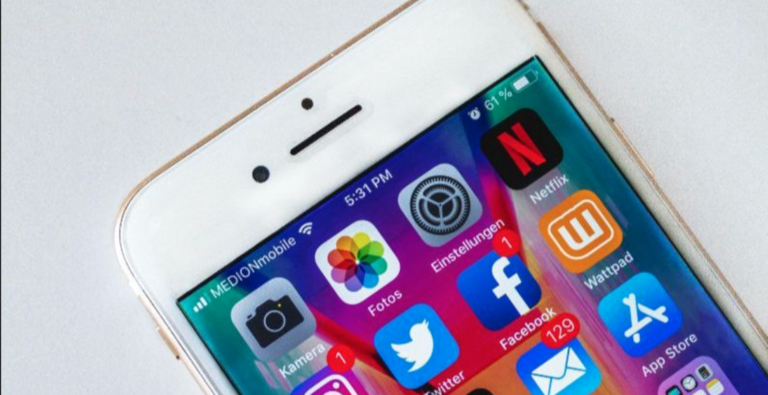Research Review: Rise in digital health during COVID-19
COVID-19 has increased the need for persons with mental health challenges to receive care. The use of digital health during a global health crisis is critical for access to urgent care (Torous & Wykes, 2020). Telehealth enables clinicians to continue providing treatment for persons in need of mental health care during a time when in-person visits are very limited. Telehealth helps people remain in contact with clinicians and peer support networks, while they navigate the difficulties generated by COVID-19.
The increased need for telehealth requires healthcare professionals and patients to have adequate digital training (such as DOORS: a digital health skills training program or guides to help prepare for a video appointment with a mental health clinician, see link at the end of this newsletter). Research supports the efficacy and success of telehealth, but clinicians must be fluent in digital literacy in order to provide satisfactory care.
With research and practice moving towards digital health, apps have been developed to monitor mental health symptoms, support face-to-face therapy, or provide resources on their own. Smartphone surveys (e.g., active EMA) and sensors (e.g., passive EMA) can provide valuable information about changing mental health symptoms and can also help to personalize care plans (Torous & Keshavan, 2020).

“…Telehealth enables clinicians to continue providing treatment…during a time when in-person visits are very limited.”
The use of apps has allowed for researchers to use ecological momentary assessment (EMA) to assess people’s mental health in-the-moment. EMA enables people to record their mental health in real-time, real-world settings, and across time and situations on their mobile smartphone. Information collected using EMA may be more authentic of one’s experience, compared to mental health reported in a clinic setting. There is also interest from the mental health community to use a mobile application to monitor mental health. Such an application may be even more important in the current COVID-19 crisis.
Abigail Wright, PhD
Research Staff & Junior Investigator, MGH COE
Erin Moody
Research Intern, MGH COE
Do you hear or see things that others do not? You are not alone. We now know that both healthy people and people with medical or psychological conditions report hearing voices or experiencing an alternative reality, such as seeing things that other people do not. These experiences range from being very subtle to obvious. We want to find out more.
Please follow this link to complete the MoodNetwork survey: https://moodnetwork.org/members/surveys/pcs/welcome or visit https://moodnetwork.org/ to find out more about the MoodNetwork.
References
- Craig, T. K., Rus-Calafell, M., Ward, T., Leff, J. P., Huckvale, M., Howarth, E., … & Garety, P. A. (2018). AVATAR therapy for auditory verbal hallucinations in people with psychosis: a single-blind, randomised controlled trial. The Lancet Psychiatry, 5(1), 31-40.Torous, J., & Keshavan, M. (2020). COVID-19, mobile health and serious mental illness. Schizophrenia Research. doi:10.1016/S2215-0366(17)30427-3.
- Torous, J., & Keshavan, M. (2020). COVID-19, mobile health and serious mental illness. Schizophrenia Research. 218, 36–7. doi:10.1016/j.schres.2020.04.013.
- Bell, I. H., Fielding-Smith, S. F., Hayward, M., Rossell, S. L., Lim, M. H., Farhall, J., & Thomas, N. (2018). Smartphone-based ecological momentary assessment and intervention in a blended coping-focused therapy for distressing voices: Development and case illustration. Internet Interventions, 14, 18-25.
- Ben-Zeev, D., Brenner, C. J., Begale, M., Duffecy, J., Mohr, D. C., & Mueser, K. T. (2014). Feasibility, acceptability, and preliminary efficacy of a smartphone intervention for schizophrenia. Schizophrenia Bulletin, 40(6), 1244-1253.
- Torous, J., & Wykes, T. (2020). Opportunities from the coronavirus disease 2019 pandemic for transforming psychiatric care with telehealth. JAMA Psychiatry, 7(3), e18848. doi:10.1001/jamapsychiatry.2020.1640.